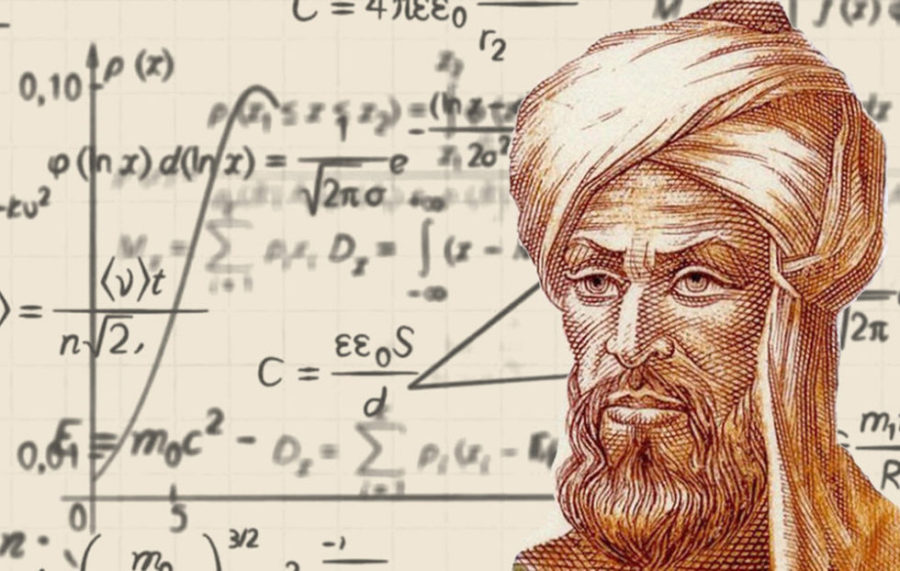
10 Muslim scientists who contributed to the development of mathematics
Islamic scholars who have made outstanding contributions to mathematics have inspired thinkers such as Isaac Newton, Evangelista Torricelli, Galileo Galilei. The Fikriyat website lists 10 mathematicians from the Islamic world who have developed this science.
Ali Kushchu (1403-1474)
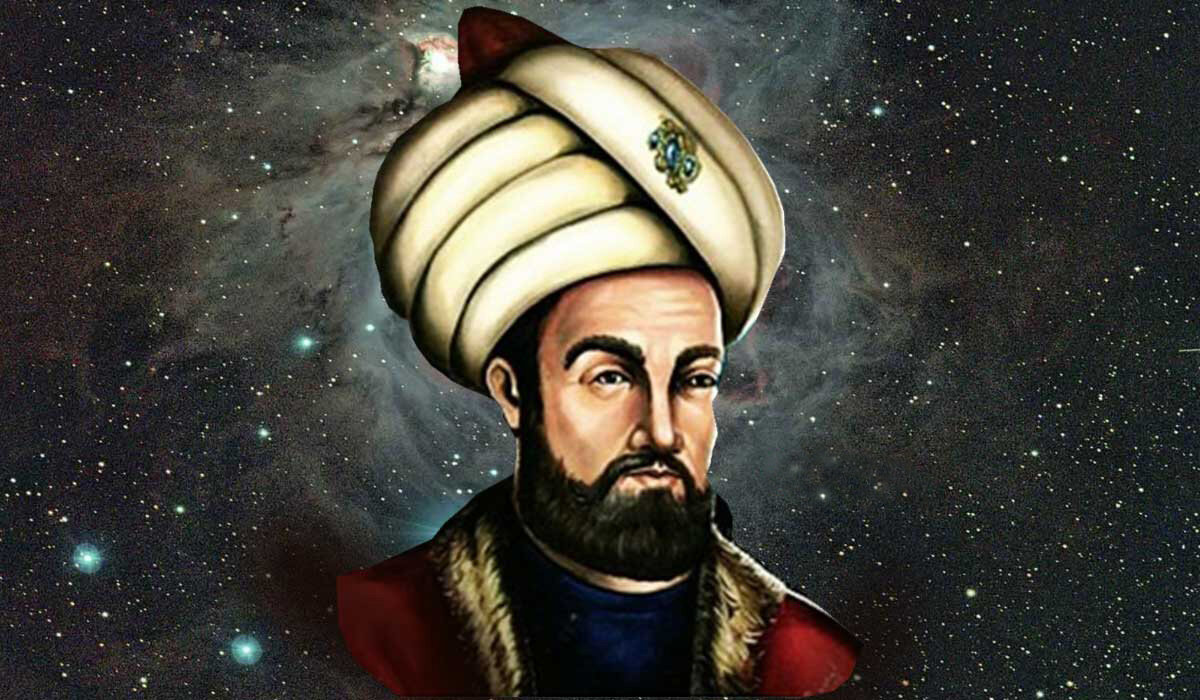
Source: art.kunstmatrix.com
Ali Kushchu became famous mainly as an outstanding astronomer. But he was also a wonderful mathematician. His “Treatise on the Science of Arithmetic” and “Treatise on the Science of Astronomy” played a significant role in the teaching of mathematics in the countries of the Middle and Near East in the 16th-17th centuries.
Omar Khayyam (1048-1131)
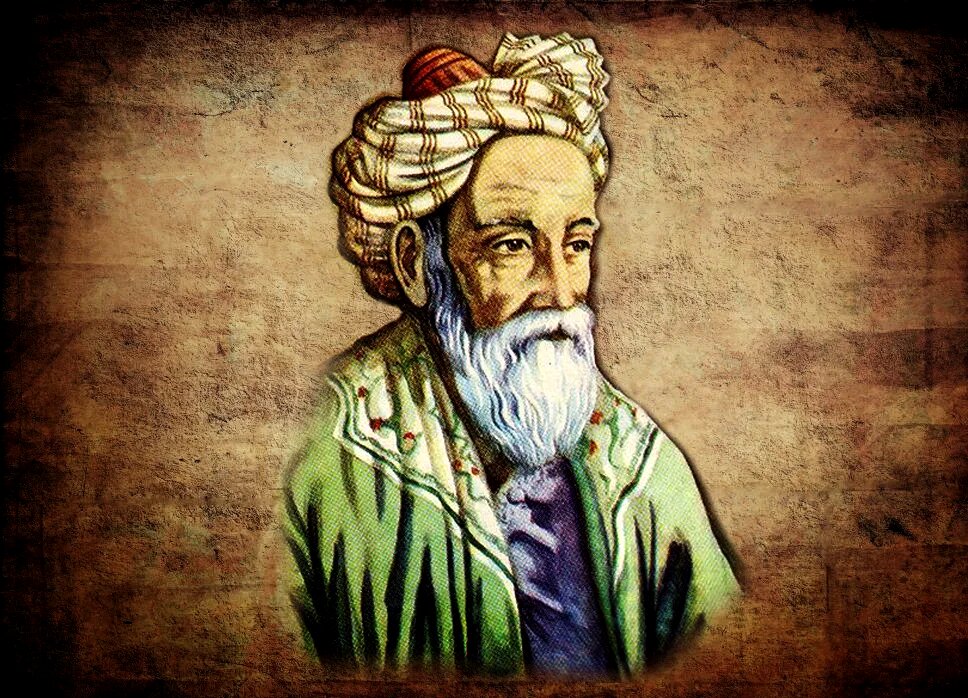
Source: zen.yandex.ru
Although Omar Khayyam is known today, primarily as a poet, he was a versatile scientist who created works in the field of physics, metaphysics, mathematics and astronomy. He is called one of the most prominent mathematicians of the 12th century. It is assumed that he wrote 14 works devoted to this science. Among them are such as “Treatise on the proofs of problems of algebra and almukabala”, in the introduction to which Omar Khayyam gives the first extant definition of algebra as a science, “Comments on the difficulties in the introduction of the book of Euclid”, where the scientist also considers irrational numbers. One of his treatises that have not come down to us described the method he developed on the basis of the works of Chinese and Indian mathematicians for finding the roots of natural numbers of the second, third and fourth degrees.
Al-Battani (858-929)
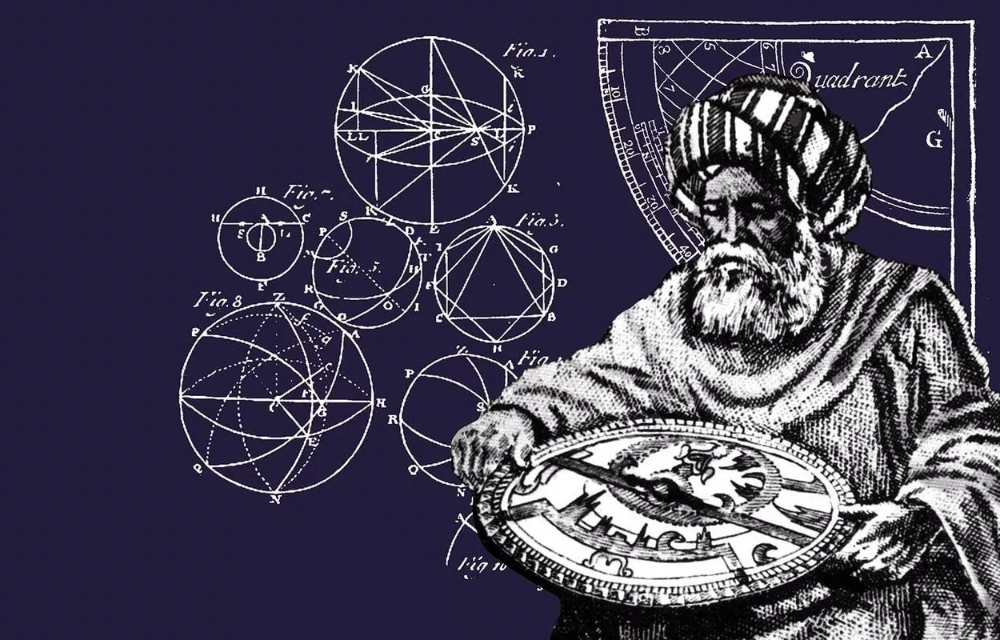
Source: pinterest.co.uk
Al-Battani is known as one of the greatest Islamic astronomers. In the West, he was known under the name Albatenius. Observing the motion of the planets led the scientist to the study of trigonometry. Al-Battani was the first to use the concepts of “sine” and “cosine”. In addition, he developed the field of mathematical astronomy, correcting the theories of Khorezmi about the eclipse of the moon and the plane of the ecliptic. In his “Sabean Zij”, the scientist described methods for calculating spherical triangles, which were later developed by other Islamic mathematicians.
Al-Biruni (973-1048)

Source: zen.yandex.ru
Encyclopedic scientist Abu Raikhan Biruni paid much attention to mathematics, especially trigonometry, to which he devoted several of his works. He is considered a pioneer in the use of the observation method in science. During his life, he created 146 works, most of which have not reached us. Half of his work was devoted to astronomy and 20 to mathematics.
Abu Wafa al-Buzjani (940-998)
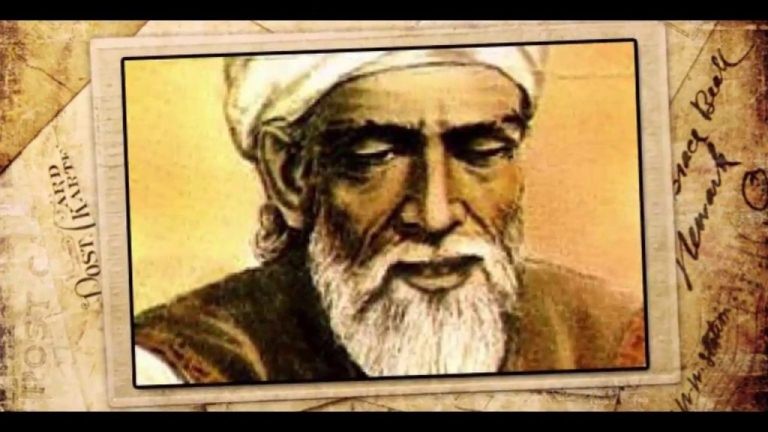
Source: iransegodnya.ru
Abu Wafa al-Buzjani , the founder of trigonometry, is considered one of the most prominent Islamic mathematicians and astronomers. Although research on trigonometry was carried out by Habash al-Hasib al-Marwazi, it was Abu Wafa who systematized this science. He was the first to prove some trigonometric theorems and introduced the trigonometric functions tangent and cotangent. Also, the scientist found with high accuracy the value of the sine of one degree and derived a formula for the sine of the sum of two angles.
Thabit ibn Qurrah (836-901)
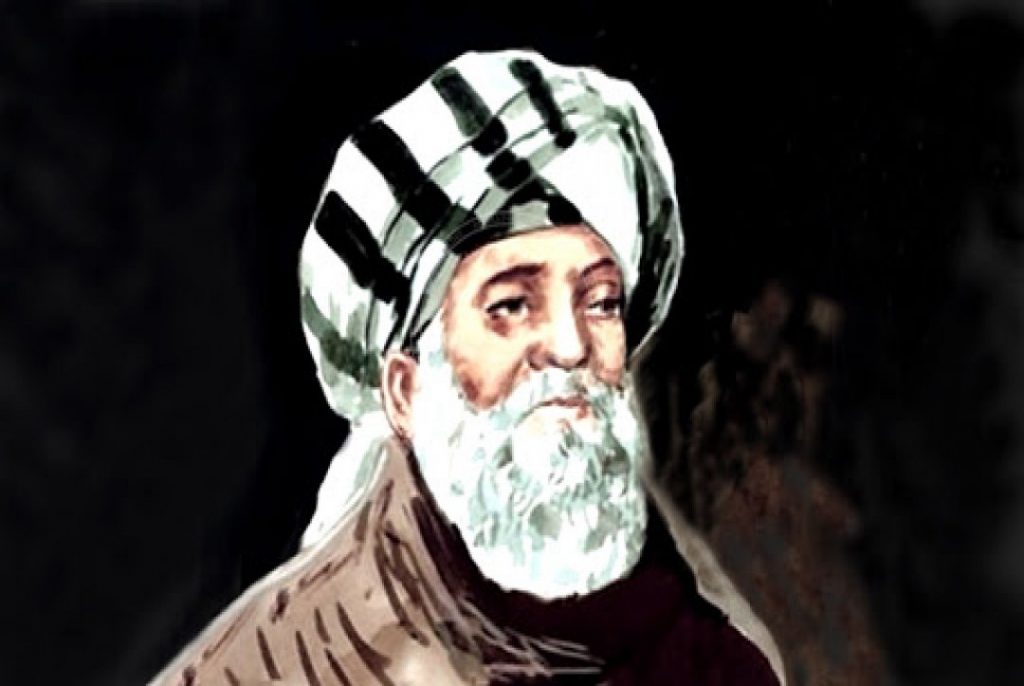
Source: steamdaily.com
It can be argued that Thabit ibn Qurrah contributed to the beginning of a new era in mathematics, in particular in geometry and trigonometry. He wrote numerous works in these areas. His treatises on trigonometry contributed to the spread of this science in the West. Sabit ibn Kurra’s research on numbers and methods for solving higher-order equations was the first in its field.
Al-Khwarizmi (783-850)
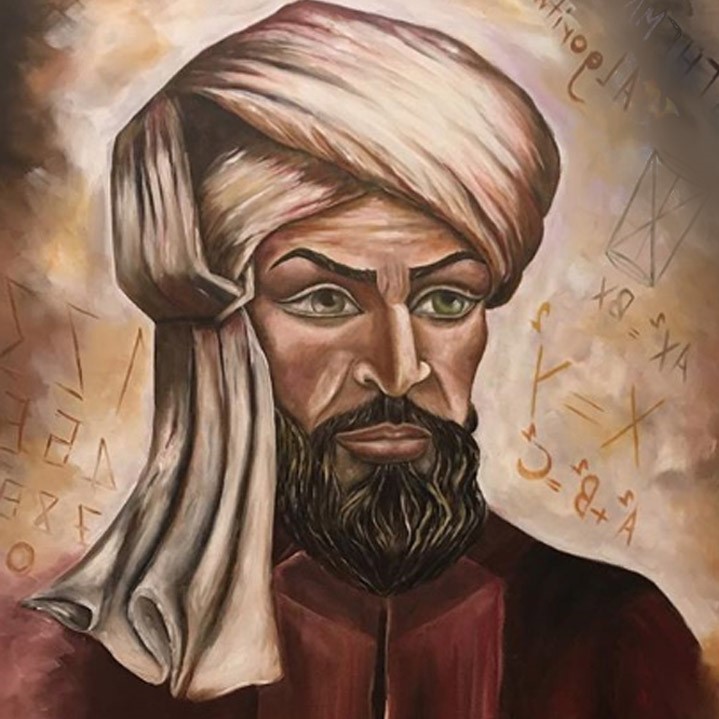
Source: arageek.com
The title of al-Khwarizmi’s book Kitab al-jabr wa al-muqabala (A Brief Book of Completion and Opposition), in which he explains the solution of equations of the second degree by the methods of geometry and mathematics, gave rise to the term algebra. Al-Khwarizmi’s greatest contribution to mathematics is that thanks to him the zero symbol and the designation of an unknown quantity as “x” appeared. Al-Khwarizmi developed detailed trigonometric tables containing sine, cosine, tangent and cotangent functions. Until the 16th century, translations of his books on arithmetic were used in European universities as the main textbooks in mathematics.
Abu Qasim al-Majriti (950-1007)

Source: trtworld.com
Al-Majriti is considered one of the most prominent Andalusian astronomers and mathematicians. He was nicknamed Euclid of Andalusia. It is argued that it was only thanks to his work that astronomy and mathematics became separate scientific disciplines in this region. He had a serious influence on later scholars and was also known in the West.
Giyas ad-din Jamshid (1380-1429)

Source: parusinfo.com
Astronomer and mathematician Giyas ad-din Jamshid owns the first systematic presentation of the theory of decimal fractions, as well as the calculation of the value of the number π with an accuracy of 16 decimal places.
Nasir ad-Din Tusi (1201-1274)

Source: hermesphilus.com
“Shakl al-katta” by the outstanding mathematician, mechanic and astronomer at-Tusi became the first separate work on trigonometry. Thanks to this work, trigonometry was separated from astronomy and began to be viewed as a branch of mathematics. Using six trigonometric functions, at-Tusi was engaged in solving plane and spherical triangles, and also made a great contribution to the development of algebra.
Islamosphere

